The 30th United Nations Climate Change Conference, COP 30, begins tomorrow (10) in Belém. Following preliminary discussions held during the Leaders’ Summit last week, on November 6 and 7, formal negotiations will now begin among the countries that are parties to the United Nations Framework Convention on Climate Change (UNFCCC).
But do you actually know what a COP is, how it works, and what its mechanisms and goals are? Do you know the most important decisions made by participating countries over the past 30 years of negotiations? And do you have any idea what is expected from the first edition to be held in Brazil and in the Amazon?
HISTORY
It all began right here in Brazil. In 1992, the United Nations Conference on Environment and Development, held in Rio de Janeiro, known as the Rio 92, Eco 92 or Earth Summit established the UNFCCC. This laid the groundwork for the first Conference of the Parties (COP) on Climate Change, held in 1995 in Berlin, Germany.
According to Professor Mayane Bento, from the International Relations program at the Pará State University (Uepa), Rio 92 and the first COP were international political responses to climate change, which had already been identified by the scientific community since the 1980s as a major threat.
“The United Nations Framework Convention on Climate Change is a sort of umbrella under which member States, on a voluntary basis, agree on certain premises such as the idea of common responsibility for climate change, although in differentiated ways, meaning that some are more responsible than others. Therefore, the Conference of the Parties represents this political response to international documents, agreements, and treaties, bringing together efforts so that all those responsible for and affected by climate change can adopt joint actions,” explains the professor.
After its first edition in Berlin, the COP has been held annually in different cities, except for the year 2020, due to the COVID-19 pandemic.
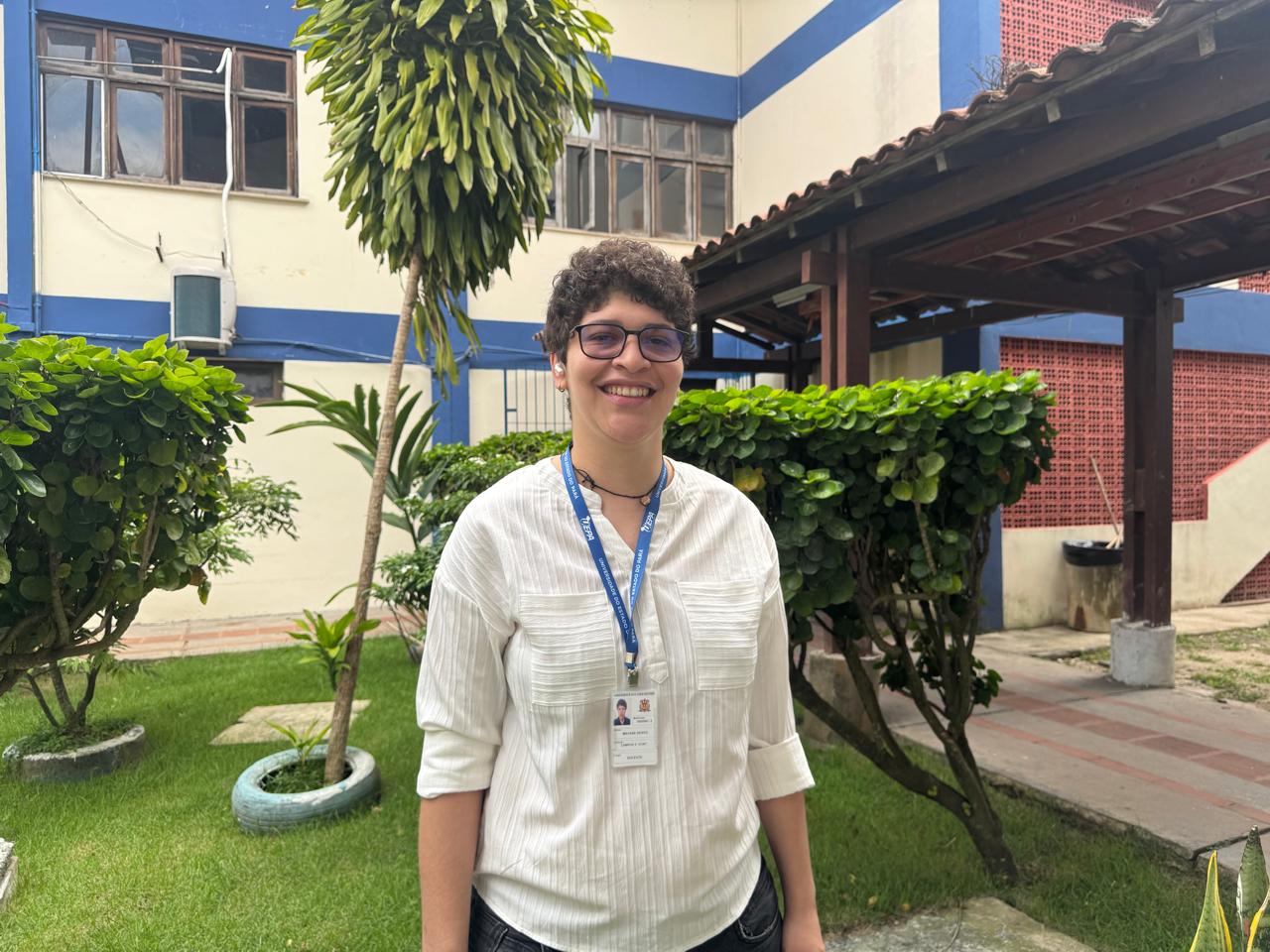
HIGHLIGHT
Among all editions, some deserve special attention for the proposals presented or the results achieved. According to Mayane Bento, the main highlights are COP 3, held in 1997 in Kyoto, Japan, and COP 21, in 2015 in Paris, France. These conferences resulted in the creation of the Kyoto Protocol and the Paris Agreement.
The Kyoto Protocol established greenhouse gas reduction targets for the so-called developed countries. The agreement could only enter into force if it was ratified by at least 55 countries, accounting for 55% of global emissions. For this reason, the Protocol only came into effect in 2005, when Russia ratified it, thus meeting the required conditions.
The Paris Agreement marked a significant step forward from the negotiations initiated under the Kyoto Protocol, establishing that all nations, not only the most industrialized ones, must take part in the global effort to address climate change. In total, 195 countries ratified the document, which came into force in 2016. Under the agreement, global warming should be kept well below 2°C above pre-industrial levels, with continued efforts to limit the temperature rise to 1.5°C. “The fact is that, between 2023 and 2024, we have already surpassed the 1.5°C mark. This shows that current measures are still not enough to curb climate change”, laments Mayane Bento.
Relevant decisions from recent COPs
Alexandre Prado, Climate Change Leader at WWF-Brazil, the Brazilian branch of the world’s leading environmental conservation organization, highlights what he considers the most significant decisions from the recent COPs held between 2021 and 2024.
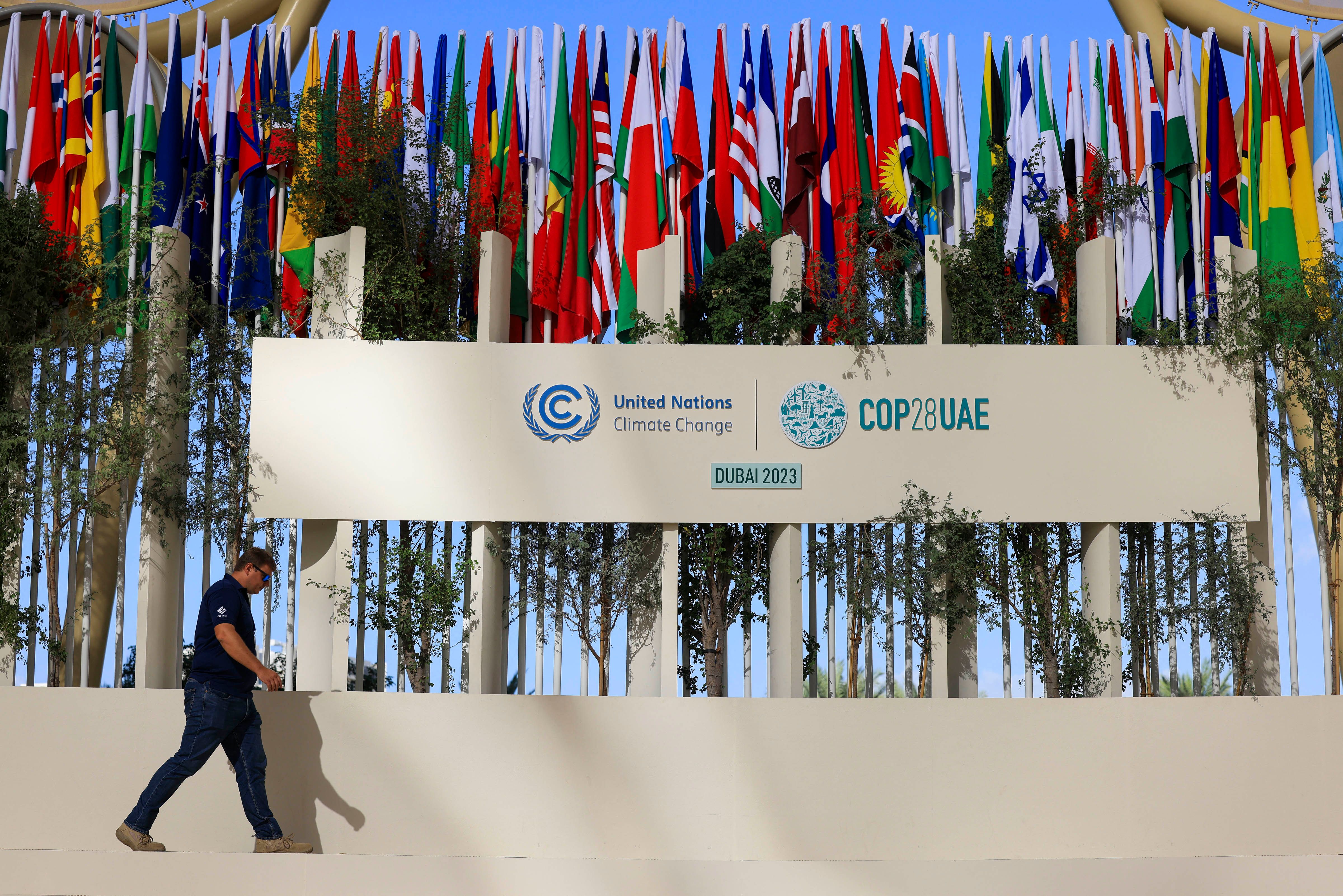
“The COP 26, held in Glasgow, Scotland, in 2021, was notably marked by discussions on the need to transition away from fossil fuels, emphasizing energy transition. Two years later, this resulted in the COP 28, in Dubai, United Arab Emirates, where an agreement was reached to gradually reduce the use of fossil fuels, aiming to achieve net-zero emissions by 2050 through a shift to renewable and clean energy sources. Another key commitment established was the elimination of deforestation by 2030,” she explains.
“At COP 27, held in Sharm el-Sheikh, Egypt, in 2022, the most significant agreement was the creation of the Loss and Damage Fund, a financing mechanism through which more developed nations support less developed and more vulnerable countries that are already experiencing losses caused by climate change. It is a compensatory measure, considering that developed countries have been emitting greenhouse gases for over 200 years, since the Industrial Revolution, and therefore should assist those that have emitted less, ensuring a form of reparation,” Prado concludes.
Mayane Bento points out that at COP 29, held last year in Baku, Azerbaijan, one of the main highlights was the change in the annual amount to be transferred from developed countries to finance mitigation, adaptation, and loss and damage measures in developing nations. “The amount previously set was 100 billion dollars per year, and Baku achieved a clear success by increasing this figure to 300 billion. The problem is that the Global Stocktake, which assesses progress toward the Paris Agreement goals, indicates there is still a gap, as more than one trillion dollars are needed to meet the target of limiting temperature rise. This will certainly be one of the key issues discussed at the Conference in Belém,” the professor anticipates.
Reaching consensus challenges nations
Throughout the history of the COPs, there have been significant advances but also numerous impasses, such as the difficulty in reaching consensus, delays in ratifying commitments, refusals by some countries to join agreements, and even withdrawals from them. A notable example is the United States, one of the world’s largest greenhouse gas emitters, which announced its withdrawal from the Paris Agreement earlier this year.
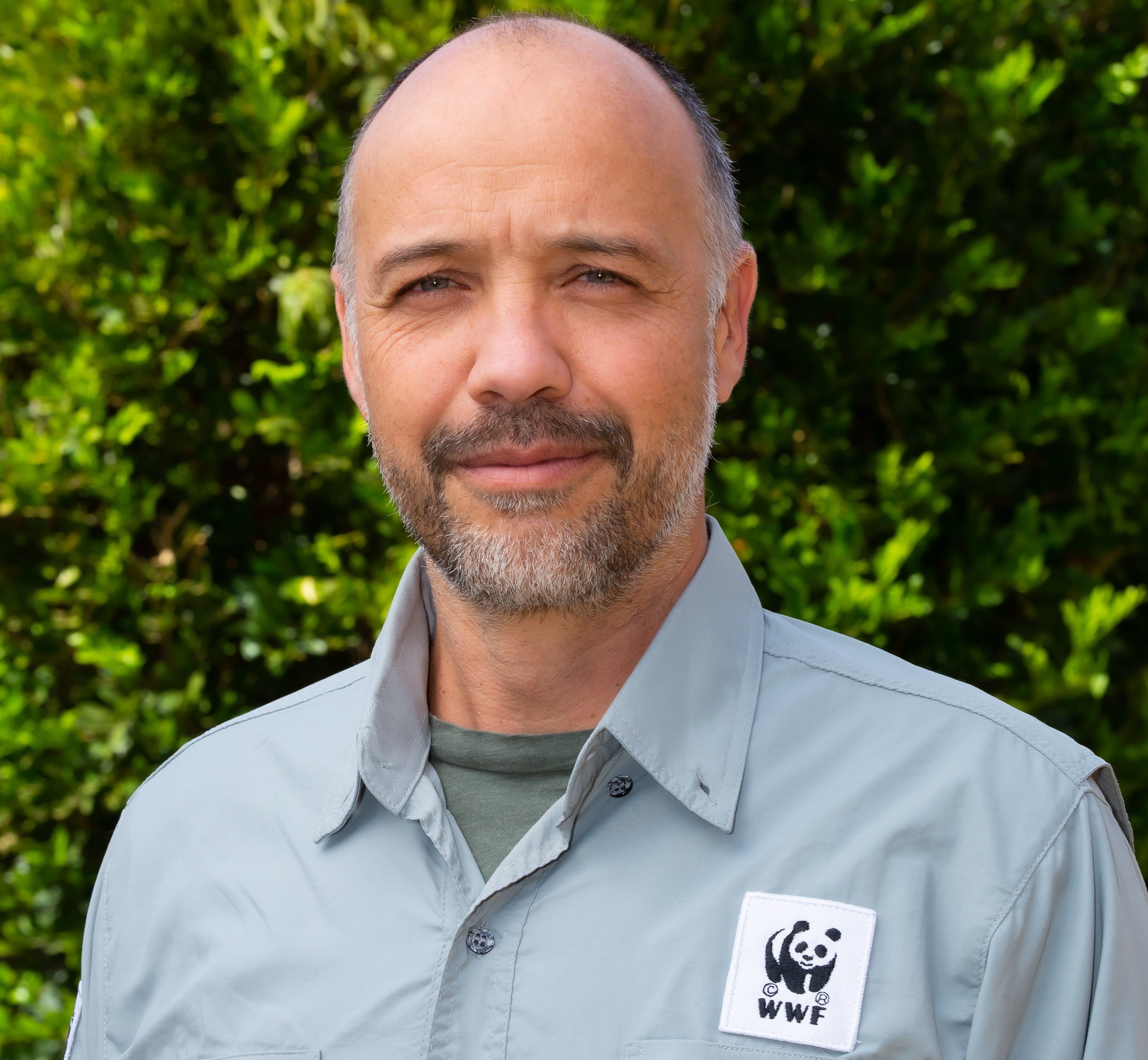
Professor of International Relations Mayane points out that, although science has long recognized that climate change poses serious threats to humanity’s survival, the international system remains fragmented.
“States are autonomous and independent, making their decisions in a sovereign manner. It is difficult for these actors to reach consensus when they are used to acting in defense of their own populations rather than for the common good of humanity. Furthermore, the climate agenda itself is highly complex, as it directly affects deeply ingrained aspects of how we view the world. Combating climate change requires us to alter our modes of production and consumption, which becomes a challenge because it means giving up certain privileges and adopting measures that may seem economically disadvantageous in the short term,” she explains.
The professor adds that there are disagreements among countries. “Developed nations have interests that differ from those of developing countries. Nicaragua, for instance, believes that responsibility lies with the group of 12 nations that account for nearly 70% of greenhouse gas emissions. Moreover, the impacts of climate change are often far greater and more harmful for developing nations. These are complex factors that make reaching consensus a key decision-making mechanism within the COPs,” she observes.
Alexandre Prado points out that the difficulty in reaching consensus stems from diversity, as 198 different countries take part in the discussions. “Imagine ten people sitting around a dinner table trying to decide what things will be like ten or fifteen years from now. It would already be difficult for them to agree, even if they were friends. Now imagine more than 190 countries that are not necessarily friendly with one another. Some have benefited and continue to benefit greatly from the current economic structure. Those who are losing, of course, want change, but those who are winning do not necessarily share that desire,” he observes.
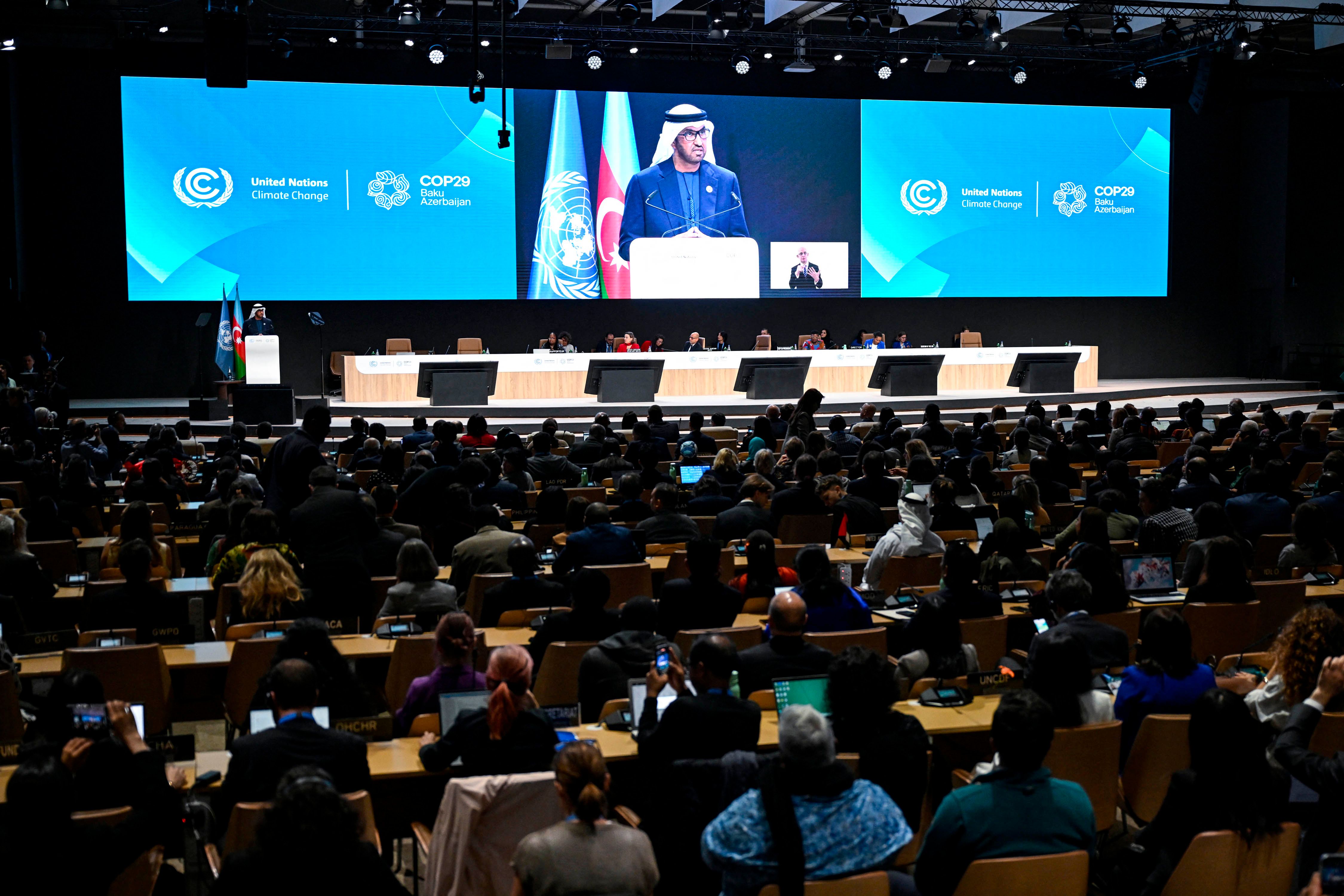
Optimism surrounds COP 30
For Mayane Bento, the most awaited issues for the Belém COP include the agendas on climate finance, loss and damage, adaptation, mitigation, and the participation of subnational entities such as states, with Pará as an example. “There is an optimistic outlook, especially because the Conference is taking place in Brazil, in the Amazon. It has been ten years since the Paris Agreement, and there is hope that this COP will enable the negotiation of more bureaucratic aspects to actually ensure the implementation of concrete projects, policies, and measures to combat climate change. That is why it is being referred to as the Implementation COP,” she explains.
“On the other hand, what slightly tempers this optimism is the current geopolitical context. The absence of the United States from the Paris Agreement, the ongoing conflict in Europe, and the rise of a far-right movement that promotes climate denialism may serve as obstacles to the more positive expectations,” the Professor assesses.
Prado, emphasizes that COP 30 will bring forward a discussion on ambition, especially in light of the United Nations’ Synthesis Report on Nationally Determined Contributions (NDCs), released at the end of October. The NDCs represent each nation’s policies and commitments to reduce greenhouse gas emissions. The report indicates that current national targets fall far short of what is needed to limit global warming effectively.
“One of the key outcomes expected from COP 30, in view of the implementation of the Paris Agreement, the NDCs currently on the table, and the size of the gap, is to determine how much greater the level of ambition needs to be. According to the report, the final figure for the assessed NDCs corresponds to a 17% reduction in emissions by 2035, whereas what is actually required is a 60% reduction. Other items on the agenda include climate adaptation indicators, energy transition, and, of course, the issue of financing: the roadmap to reach the 1.3 trillion dollars needed,” the environmentalist notes.
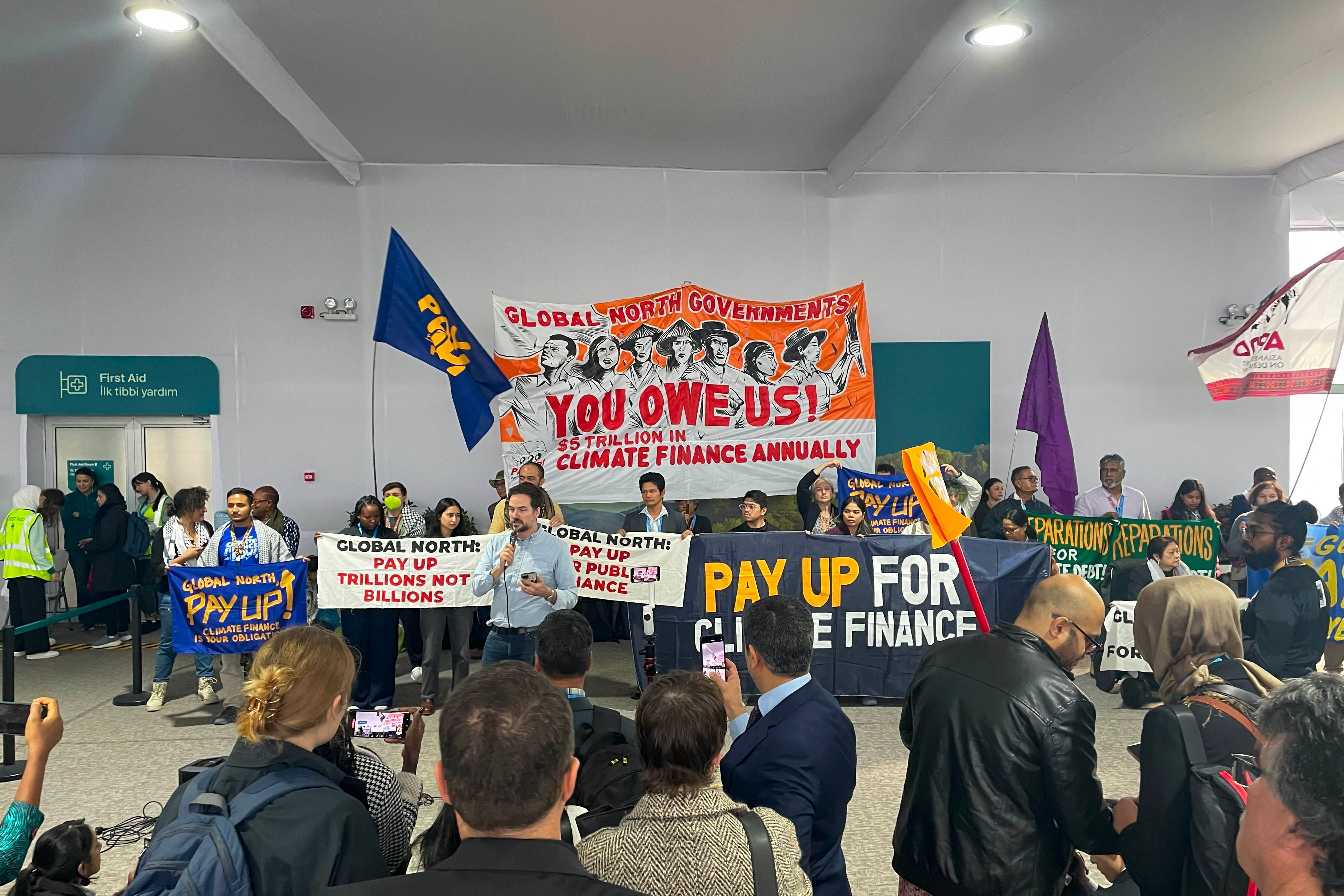
The Amazon as a symbol of challenges
For Prado, hosting a COP in the Amazon carries a huge symbolic weight. “It highlights the importance of the Amazon rainforest for the stabilization of the planet’s climate. We often refer to it as a COP in the forest, and we are certain that the forest agenda will emerge differently from this conference, given what is being proposed by Brazil and other countries, such as the goal of eliminating deforestation by 2030 and advancing forest conservation and restoration, with attention to Indigenous and quilombola communities. This is a COP where the importance of the forest to climate change will enter in one way and come out in another,” he observes.
For Mayane, holding the COP in the Amazon has, first and foremost, a pedagogical function, as it brings visibility to the climate agenda in the region. “It serves as a form of awareness-raising. But its being held in the Amazon is also a paradox, since it is a region facing serious environmental challenges such as deforestation. It is both a mirror of what we need to preserve and a mirror of destruction. It stands as a symbol of the challenges that the fight against climate change represents,” she explains.
INSTITUTIONAL PARTNERSHIP
The production of Liberal Amazon is one of the initiatives of the Technical Cooperation Agreement between the Liberal Group and the Federal University of Pará. The articles involving research from UFPA are revised by professionals from the academy. The translation of the content is also provided by the agreement, through the research project ET-Multi: Translation Studies: multifaces and multisemiotics.